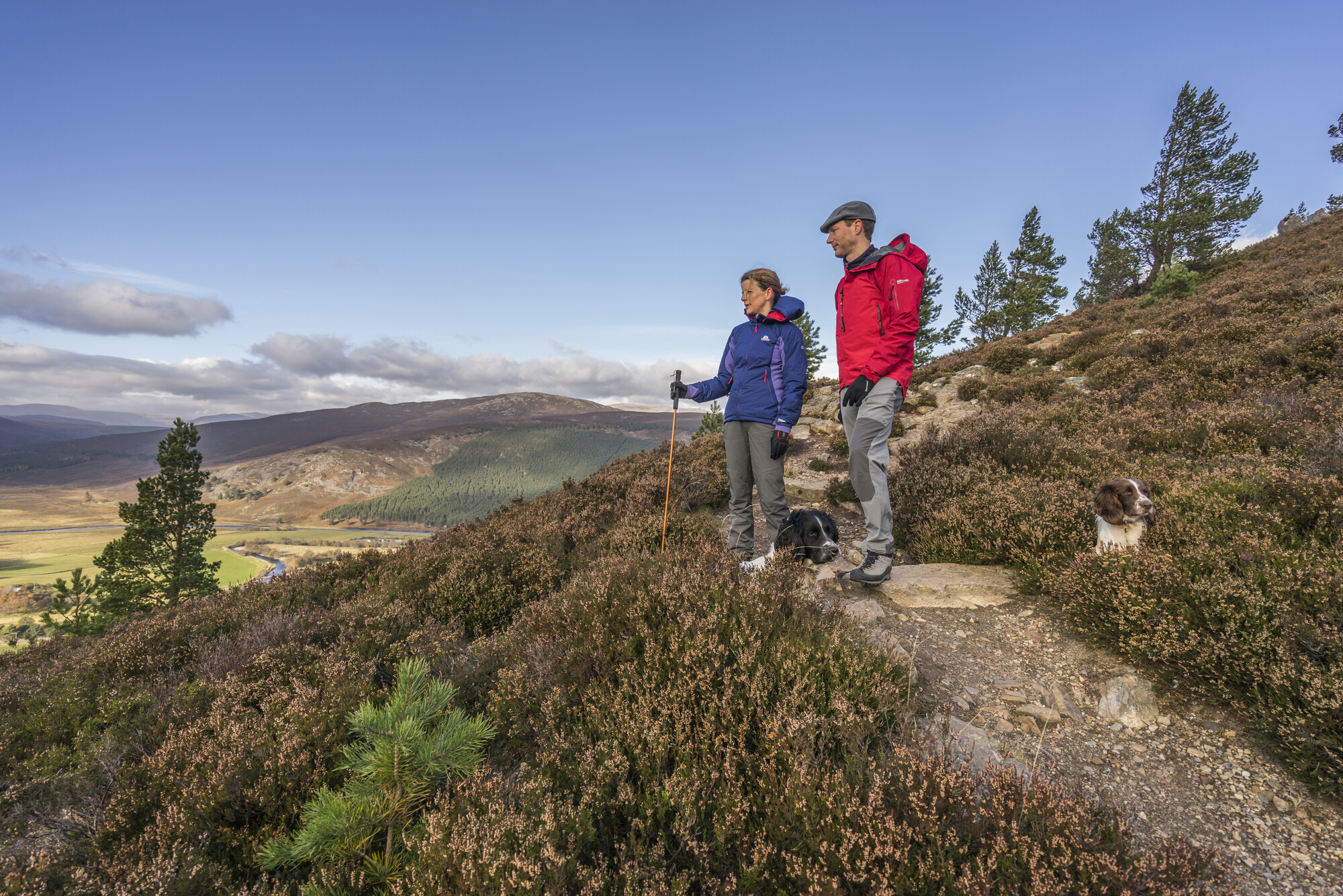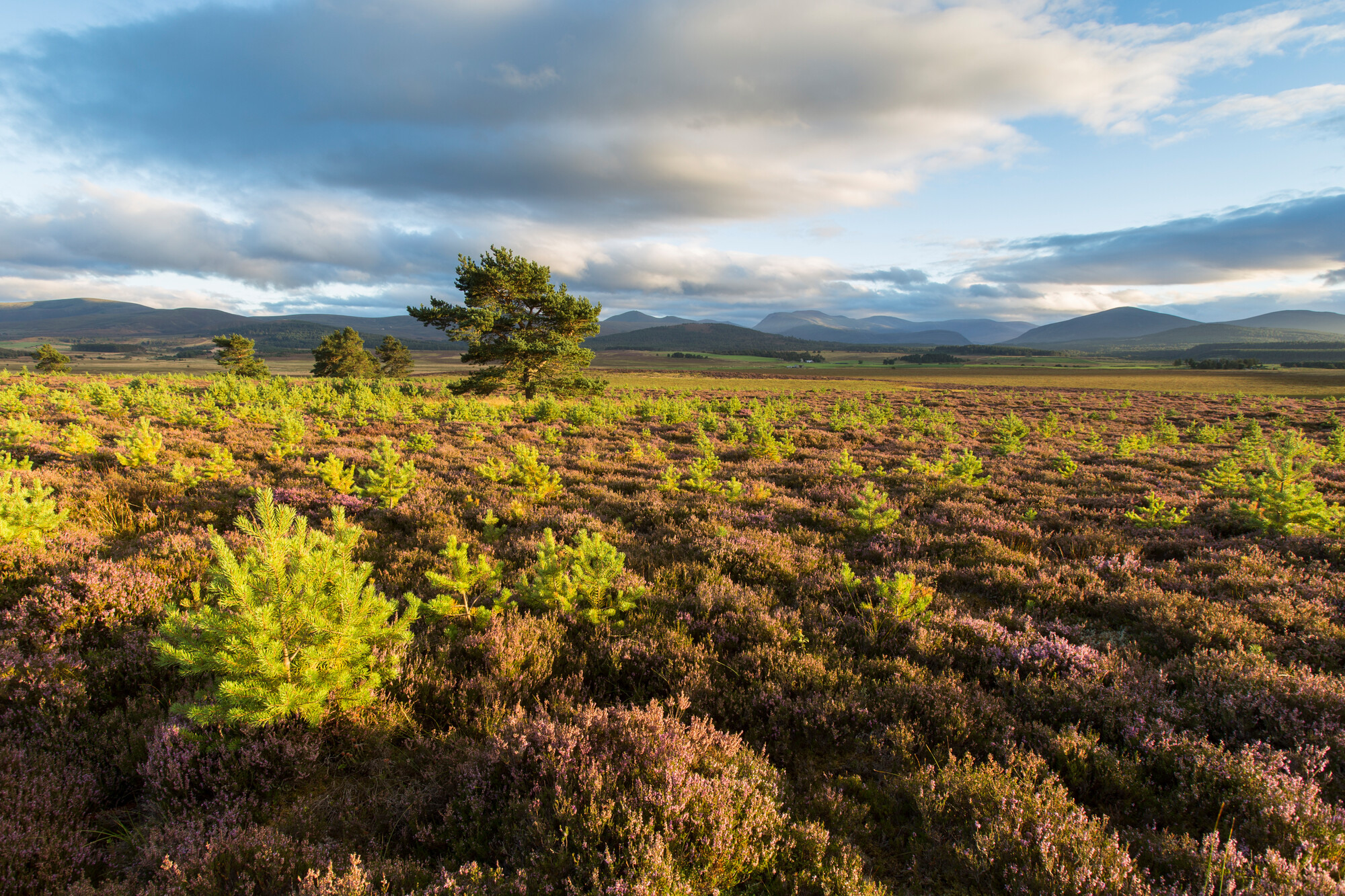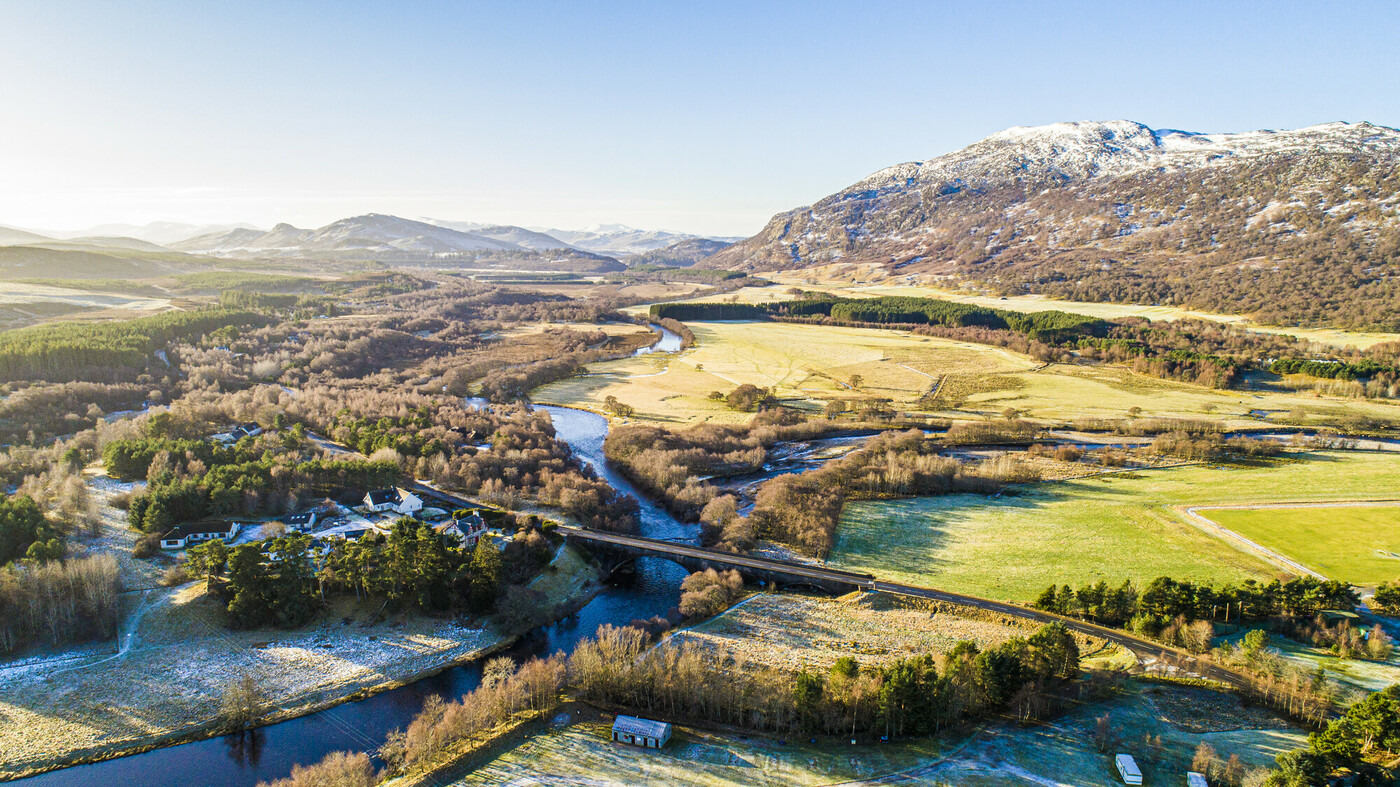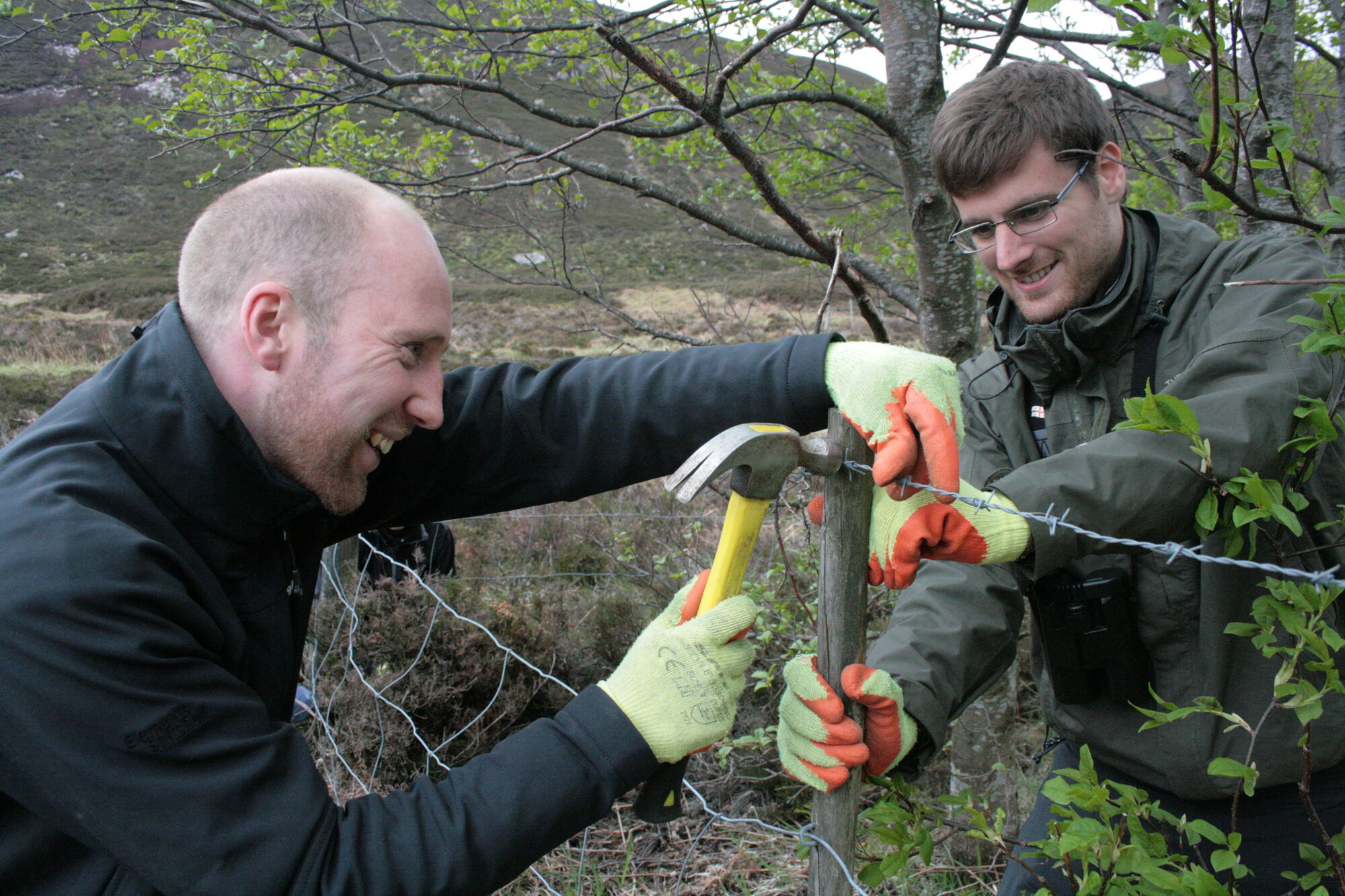Park Talk by Peter Argyle
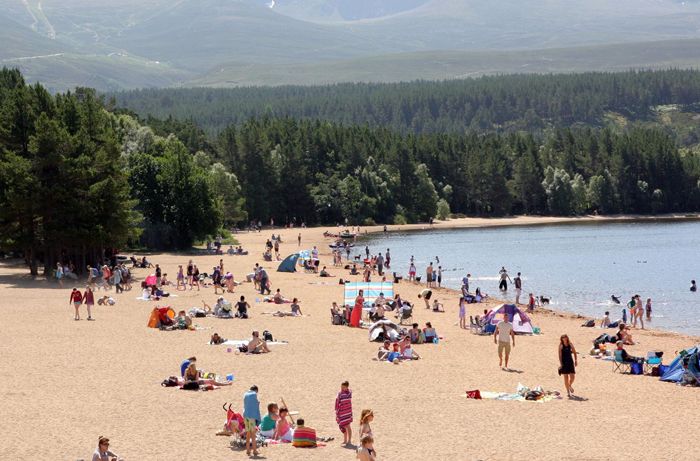
Park Talk by Peter Argyle
Effective public consultation is rarely easy to achieve but is something that is expected – even required – of public bodies and authorities as part of their policy or strategy setting process.
Indeed, when establishing Local Development Plans the way that planning authorities consult at the various stages of the plan creation is examined as part of the Inquiry stage. I am not aware that a planning authority has been found wanting in this aspect but the consequences were this to happen could be serious.
So what with one thing and another, there is an awful lot of consulting going on at any one time, from Scottish Government, councils, agencies, community councils, researchers, schools, the CNPA.. the list goes on.
The internet both facilitates and hampers consultation. Whilst it is easier for many people to respond, it can be more difficult for those without internet access, with poor connections or a general dislike of modern (even modem) technology.
Accordingly, to ensure that everyone has an opportunity to respond, those doing the consulting have to take care that everyone’s requirements are taken into account and met.
A great deal of work is done to enable people to respond and to encourage them to respond. Yet, by and large, the number of responses as a proportion of those consulted or from other interested parties tends to be low.
‘Consultation fatigue’ is often cited; there are too many consultations. I know many people feel their comments will not have any impact on decision makers. They will not change anything.
Which is why it is so important that those doing the consulting respond to all the views and comments expressed. If an idea cannot be taken forward, the reasons why should be plainly given.
I firmly believe that consultation must have a clear purpose. It should also be a dialogue, a conversation, rather than a top-down monologue or worse, a ‘tick-box’ exercise.
On that basis I must commend to your attention, dear Reader, two consultations involving the CNPA, one live and one due in the summer.
We have been managing the consultation on the Cairngorm and Glenmore Partnership’s long term Strategy for the long term management of this vital area since 1st December. The last date for submissions is the 8th March.
This is the final stage in creating the strategy. The draft was prepared after 18 months of discussions with the community and local businesses and others with an interest in the area.
Much of the land is publicly owned, by HIE or Forest Enterprise. The area attracts over 1 million visits annually – 40 per cent of all those visiting the Park – and is also home to hugely important species and nature.
Conservation, tourism, infrastructure, visitor attractions, youth hostel, camping, skiing, local businesses and the people who live and work in the area are all vital considerations, sometimes complimentary, sometimes competing.
There are still a few days left before the consultation closes so if you haven’t already done so, have a look and let us know what you think.
The other hugely important consultation will be an initial look at our thinking on our next National Park Partnership Plan. This will be launched in the summer. As the Plan will set the direction of travel for the Park from 2017 to 2022, it is not one to miss.
I can guarantee that all comments will be read and considered carefully. We will genuinely want to hear your views on all the major issues, be it housing, conservation, upland management or tourism.
To slightly misquote the poet Kipling, the Cairngorms National Park is a very special place but such places are not protected and enhanced..
“By saying Oh how beautiful, and sitting in the shade.”
Hope to hear from you!
Latest from the National Park
Update on wildfire situation
Convener Sandy Bremner and Chief Executive Grant Moir have given an update on the ongoing wildfire situation.
Statement on wildfires
An update from Grant Moir, Chief Executive of the Cairngorms National Park Authority, on the ongoing wildfires in Moray and Highland.
New Nethy houses get green light
Meeting in Ballater, the Planning Committee approved applications for a development of 35 houses in Nethy Bridge and a floodplain restoration scheme on the River Dee.
